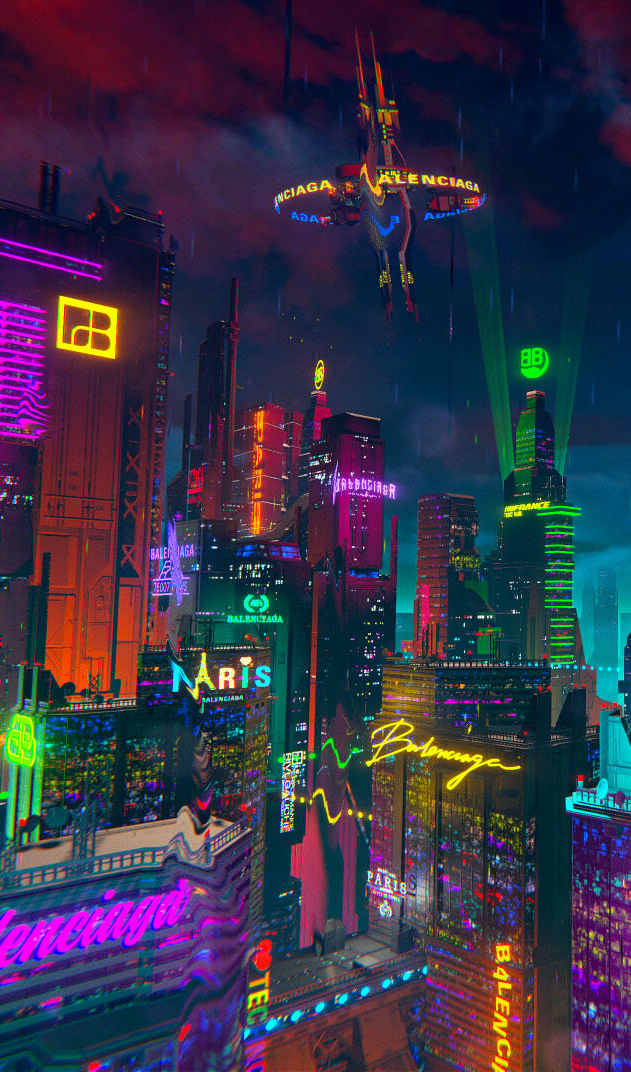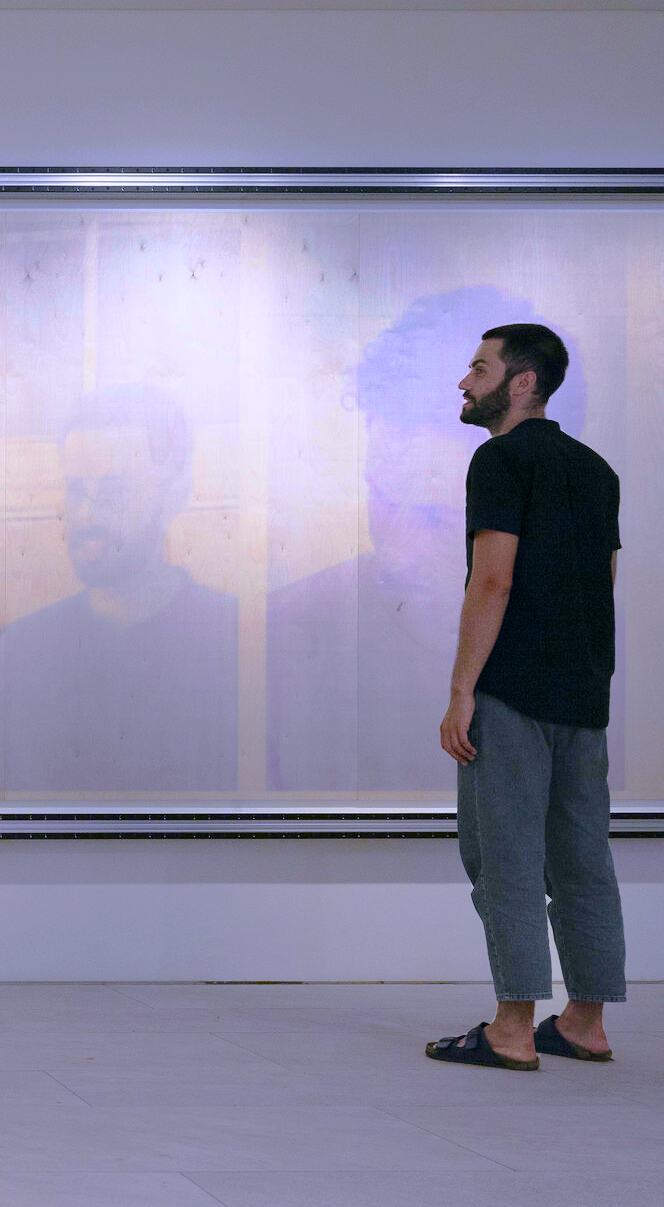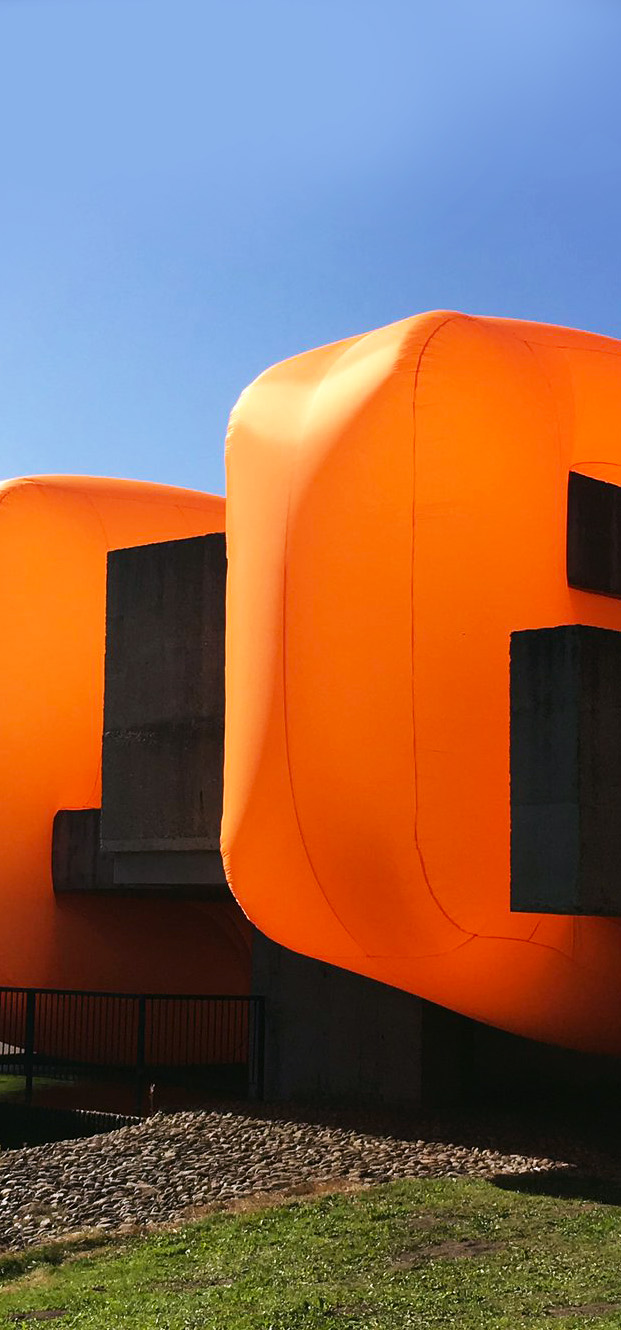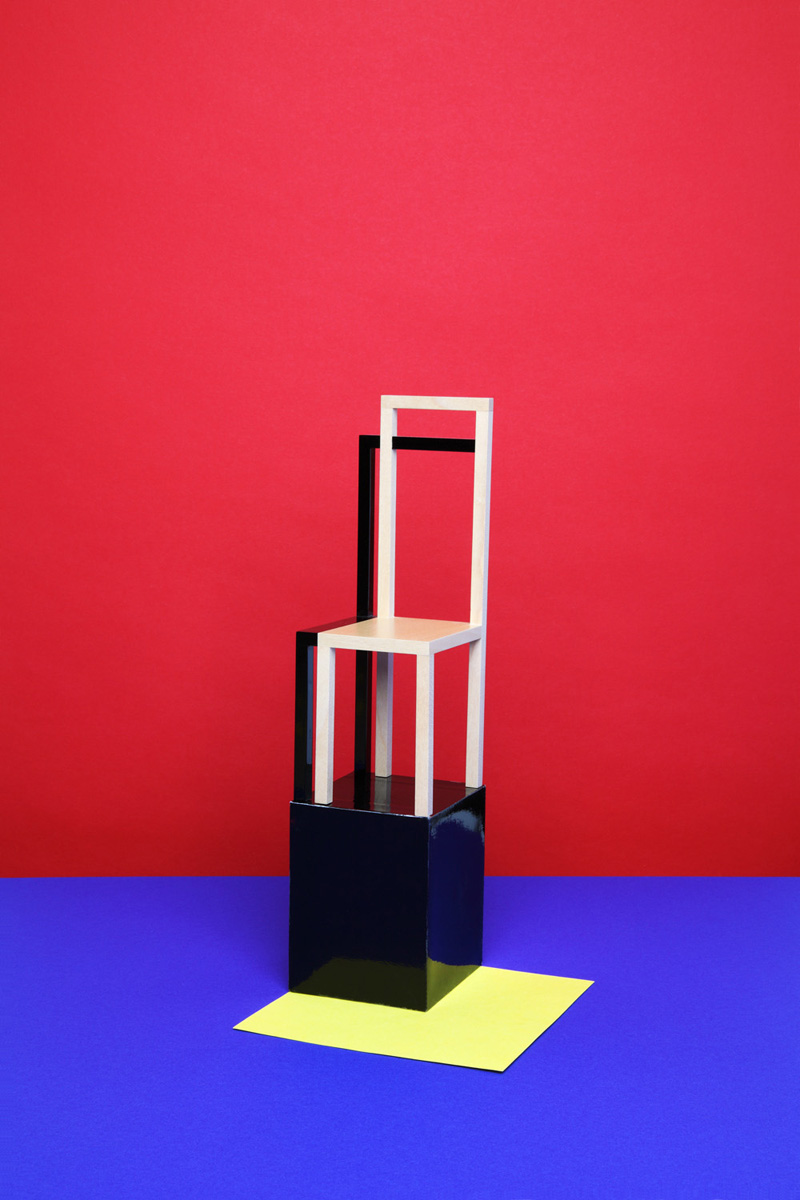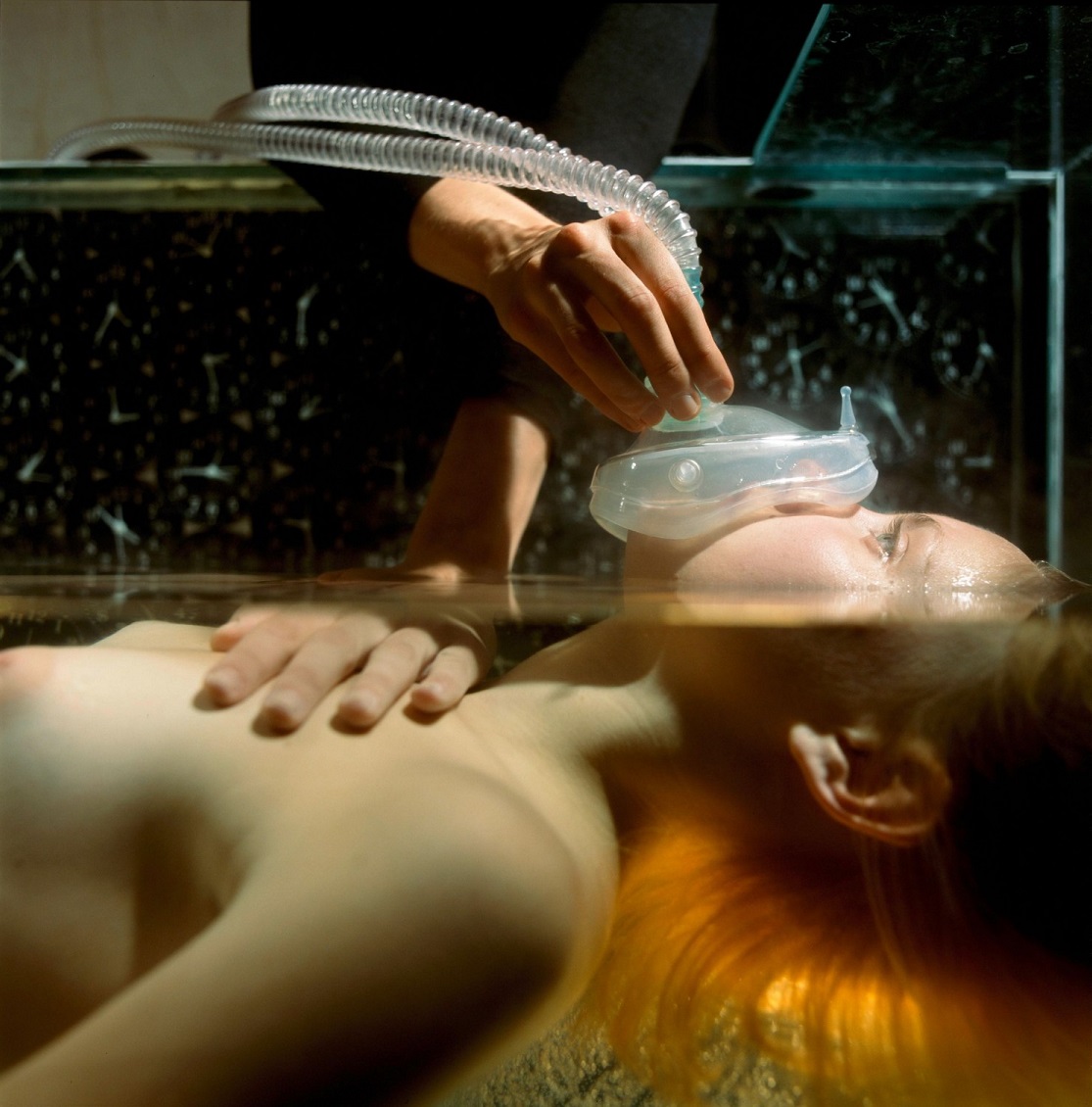
FILE SAO PAULO 2022
FILE SAO PAULO 2022- SUPERCREATIVITY
FILE Electronic Language International Festival
July – August
Wednesday to Sunday, 10 A. M. – 8 P.M.
Centro Cultural FIESP
.
Creativity is not limited to the arts. It also takes place in all disciplines of Culture. Thus, in the aesthetic sense, it ceases to be creativity and becomes Supercreativity: the sum of all creative engines that permeate and connect to our culture.
.
A criatividade não se limita às artes. Também ocorre em todas as disciplinas da Cultura. Assim, no sentido estético, deixa de ser criatividade e passa a ser Supercriatividade: a soma de todos os motores criativos que permeiam e se conectam à nossa cultura.
.
Kreativität ist nicht auf die Kunst beschränkt. Sie findet auch in allen Disziplinen der Kultur statt. Somit hört es im ästhetischen Sinne auf, Kreativität zu sein, und wird zur Superkreativität: die Summe aller kreativen Motoren, die unsere Kultur durchdringen und mit ihr verbinden.
.
創意不僅限於藝術。 它也發生在所有文化學科中。 因此,在美學意義上,它不再是創造力,而是成為超級創造力:滲透並連接到我們文化的所有創造性引擎的總和。
.
創造性は芸術に限定されません。 また、文化のすべての分野で行われます。 したがって、美的意味では、それは創造性ではなくなり、超創造性になります。これは、私たちの文化に浸透し、つながるすべての創造的なエンジンの合計です。
